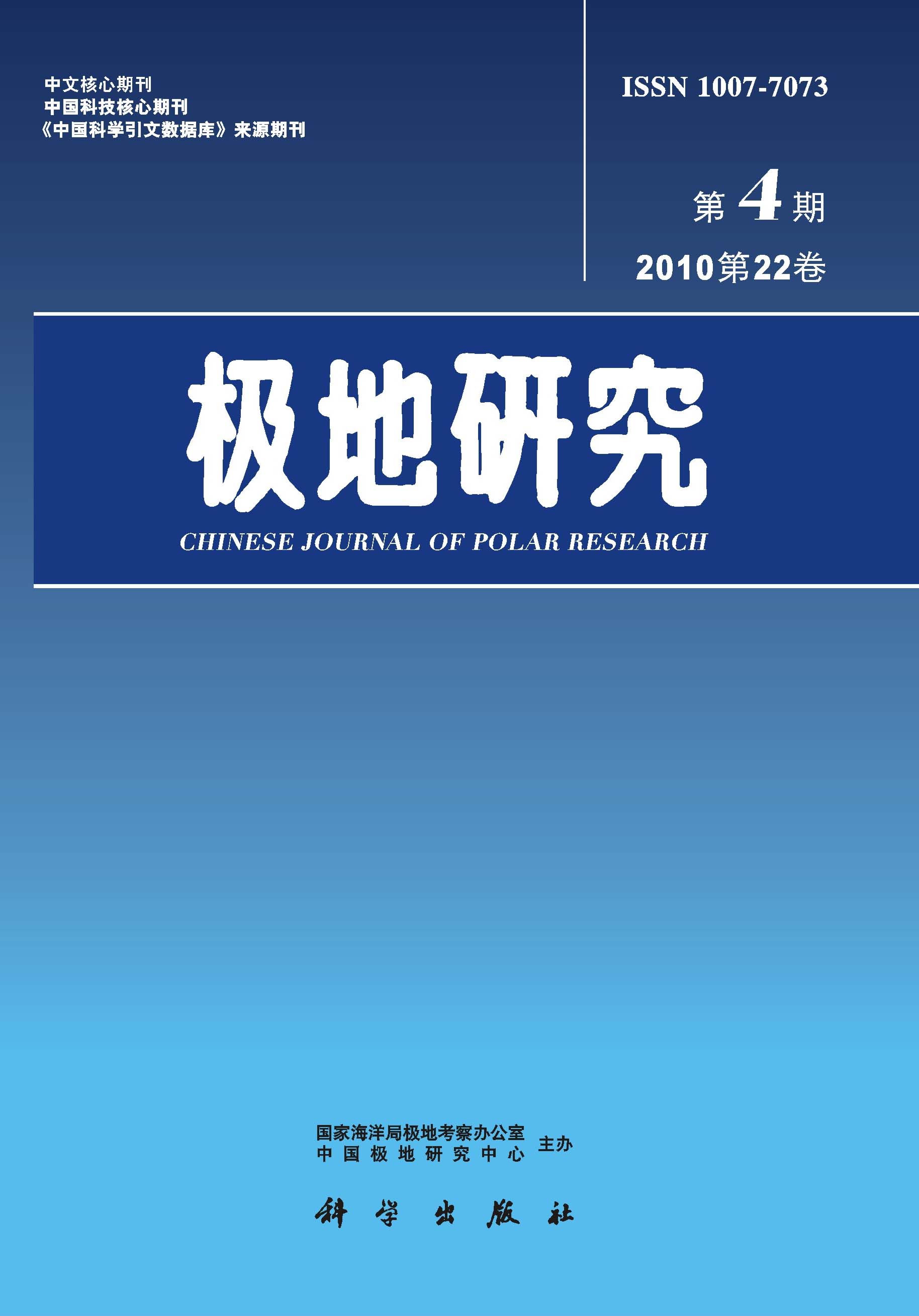Based on field measured data of mass balance from small dome of Collins Ice Cap in 1991-1992 and meterological data of summer mean temperatures,annual precipitations from Frei Meterological Centre of Marsh Base nearby,the mass balance variations on small dome in 1971-1992 were calculated by the method of equilent mass balance at equilibrium line altitude. From the calculated results, we found that, the contributions of precipitation and temperature to mass balance were 68% and 32% respectively. From the 70's to the middle of 80's,lower annual temperature was beneficial to glacial accumulation, but, precipitations was less,and its contribution to the mass balance was larger than that of temperature, so the negative mass balance on small dome occurred.From the middle of 80's to the beginning of 90's, the larger positive mass balance occurred, as increased precipitation was beneficial to nourish the glacier,and this was consistent with the report of increased precipitation in Antarctica at present. The trend of mass balance on the small dome was close to zero over the recent 20 years. It can be manifested by the stabler edges of the dome with no evidence of retreatment or advancement in recent period.

